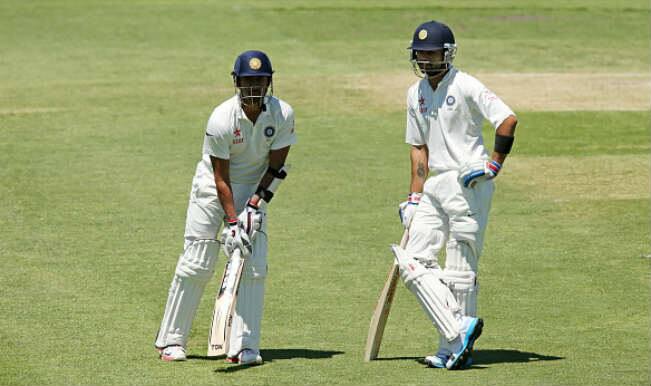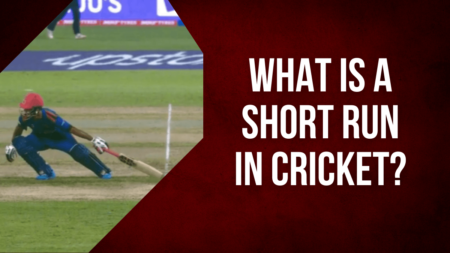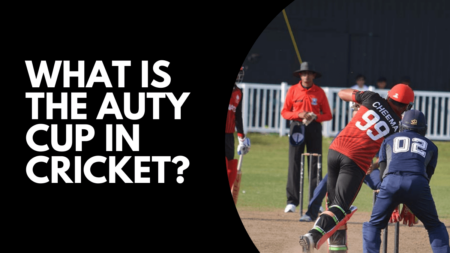

A run out takes place when the batsman who are running between the wickets fail to land their bat or a part of the body within the crease and the fielders dislodge the bails. Run out is not credited to the bowler.
One of the most commonly asked questions related to run outs is whether both batsmen can be run out on the same ball. According to the laws, the answer is No. The first batsman who gets run out is only considered out. The ball becomes dead after this event has taken place.
An alternative version of this question is, can two wickets fall on the same delivery? The answer to this question is both yes and no. Let us understand this by an example.
The bowler bowls, the batsman misses and the wicket keeper fumbles to collect the ball. Let us say both batsman had a misunderstanding whether to take the run or not. The batsmen eventually agree to run for it. The keeper collects the ball and hits the stumps. This results in one of the batsman getting out but the umpire signals a no ball. As a thumb rule, the ball is not legal but a run out is legal on a no ball. This means that the batsman is out on a delivery that is not counted. The next batsman walks in. He is out by any means like bowled, caught behind, etc the very next ball which is a fair delivery. Hence, this way if a no ball or wide accompanies a run out, followed by another dismissal on the next legal delivery, the batting team can lose two wickets in one single delivery.
Thus, on one single ball, legal or illegal, only one wicket can fall. But, on two different balls (one of which is illegal) two wickets can fall on each of them, eventually resulting in two wickets on one single delivery.




